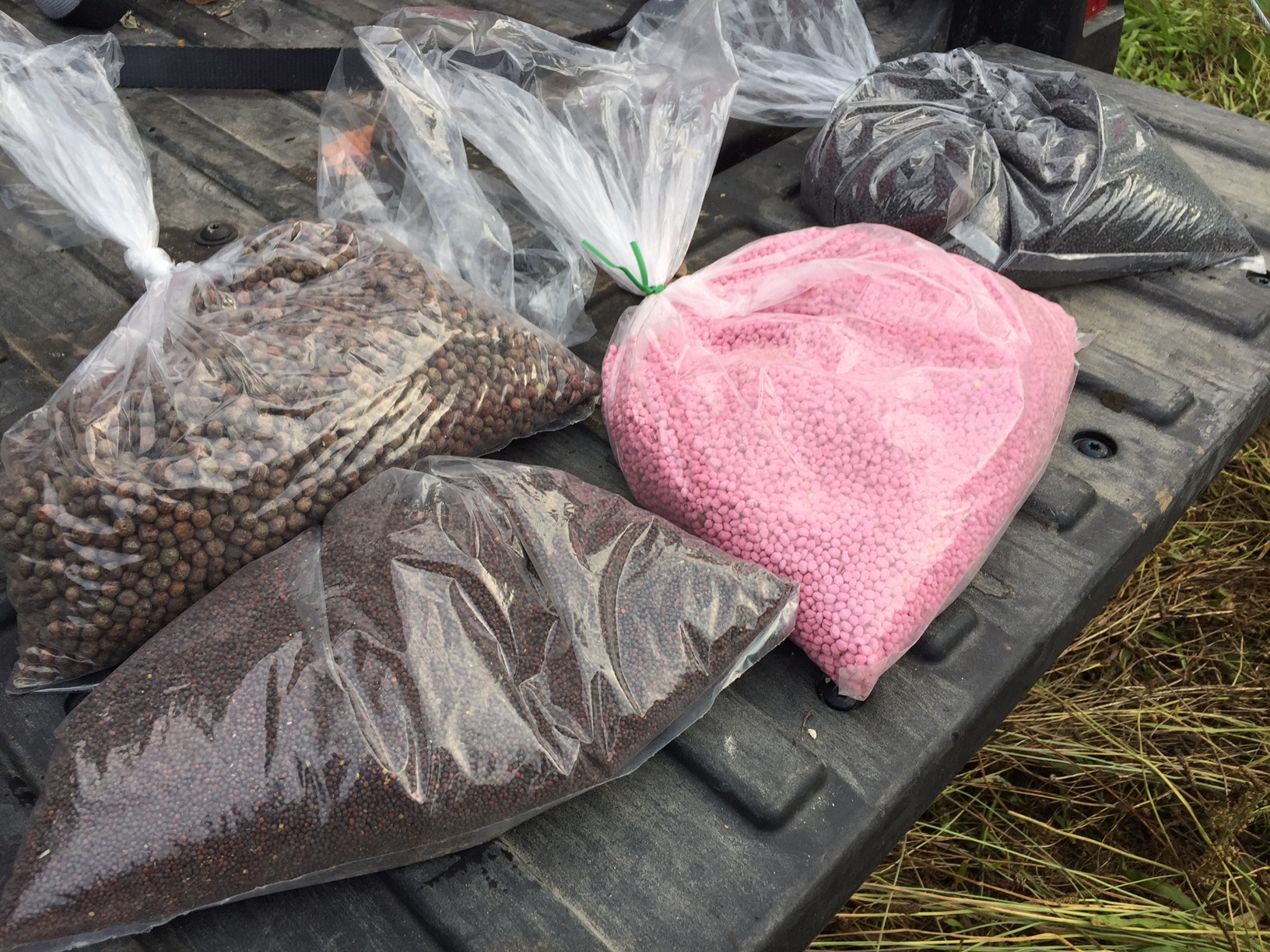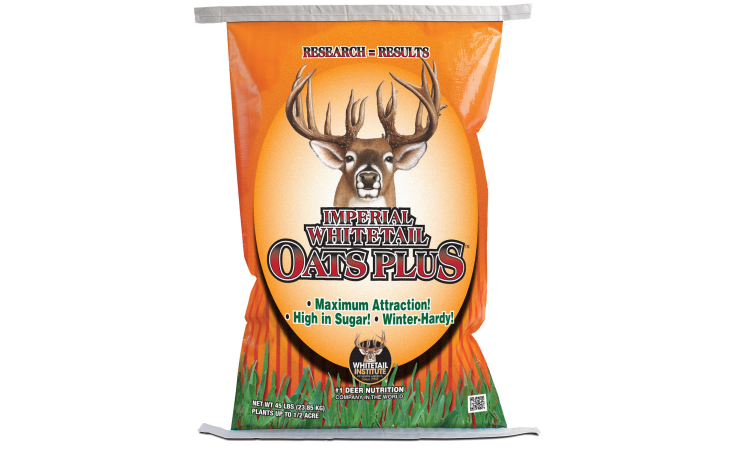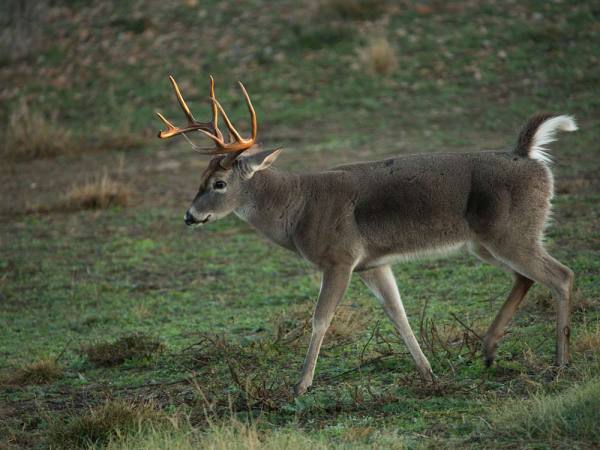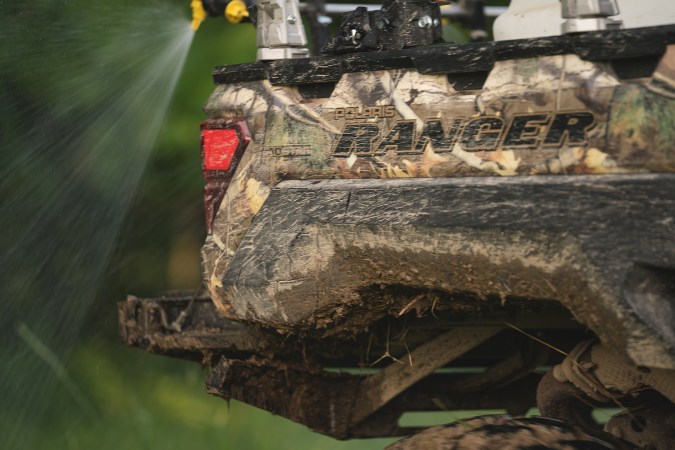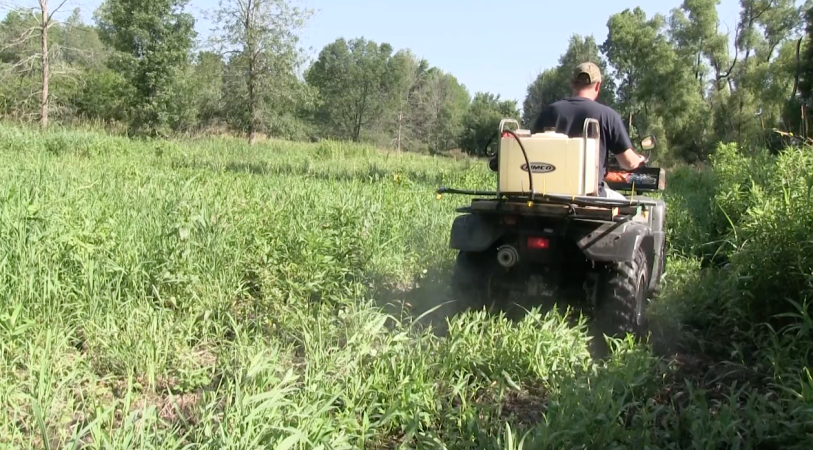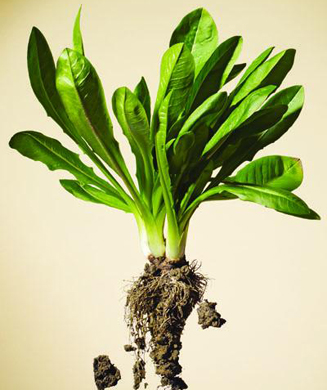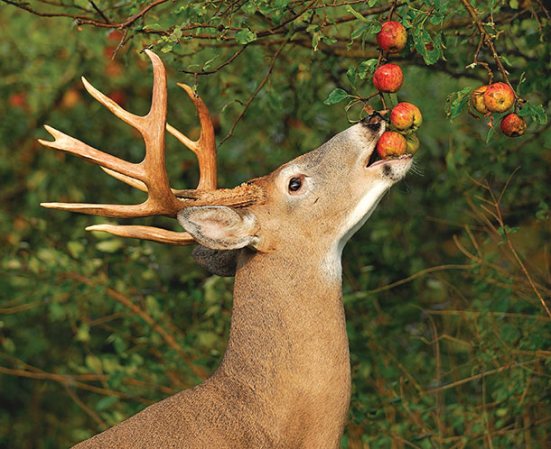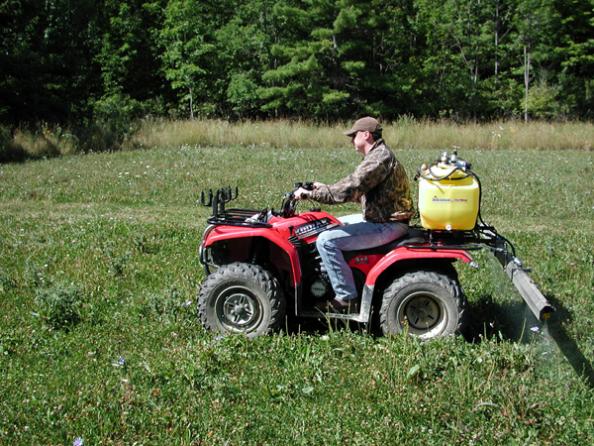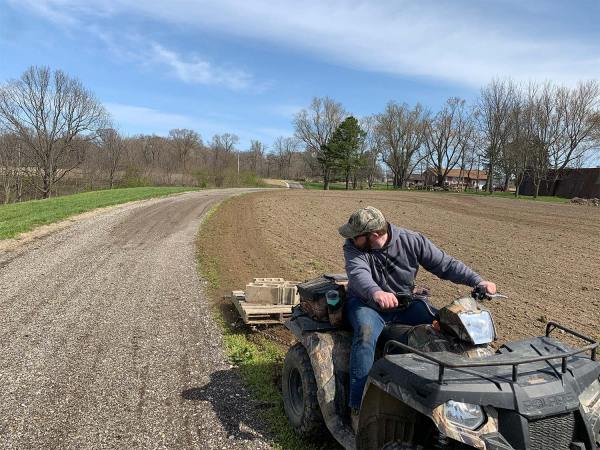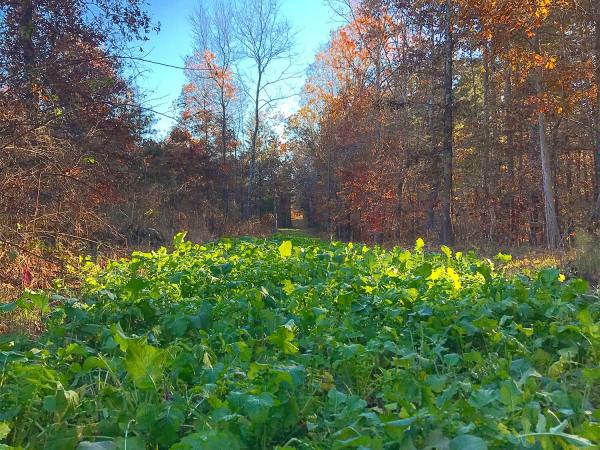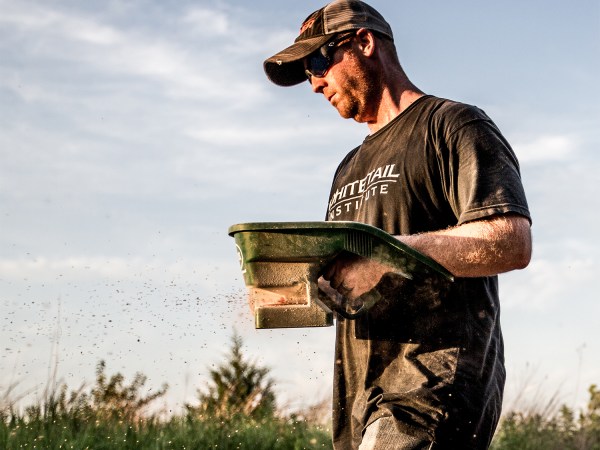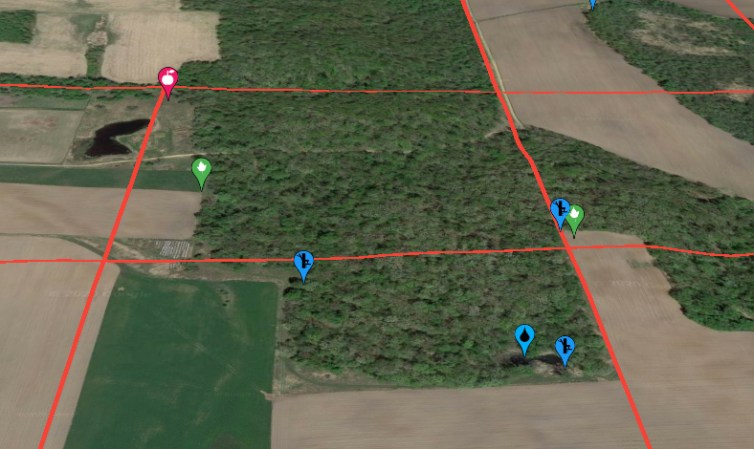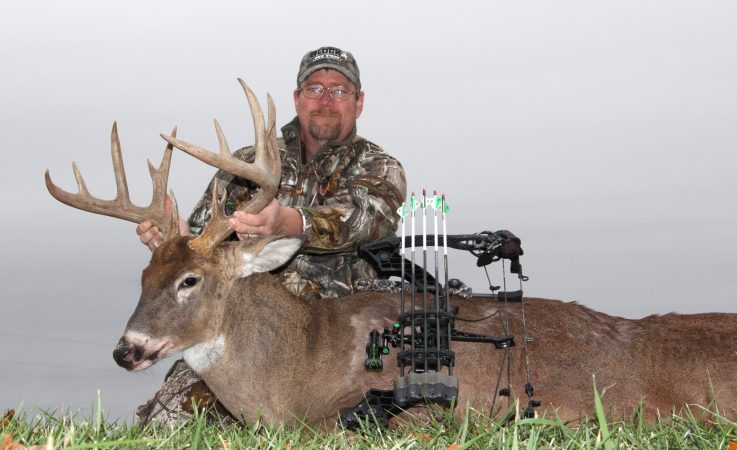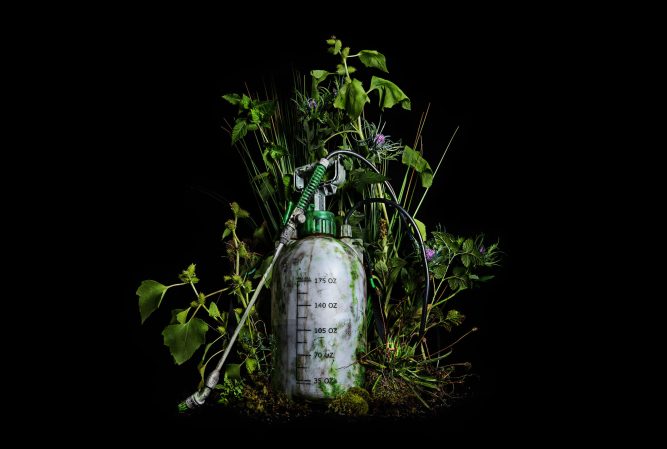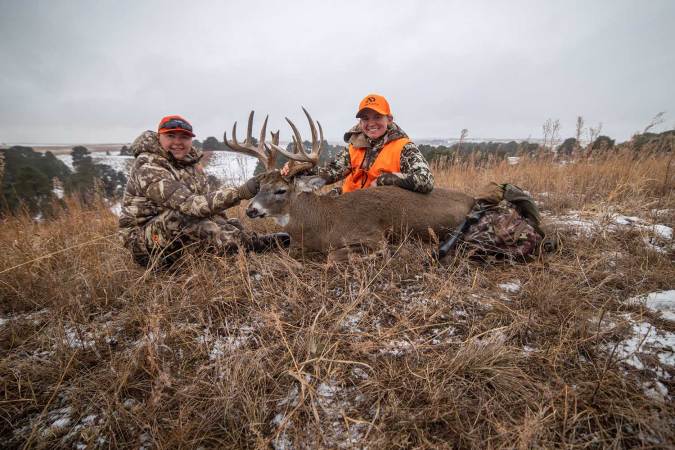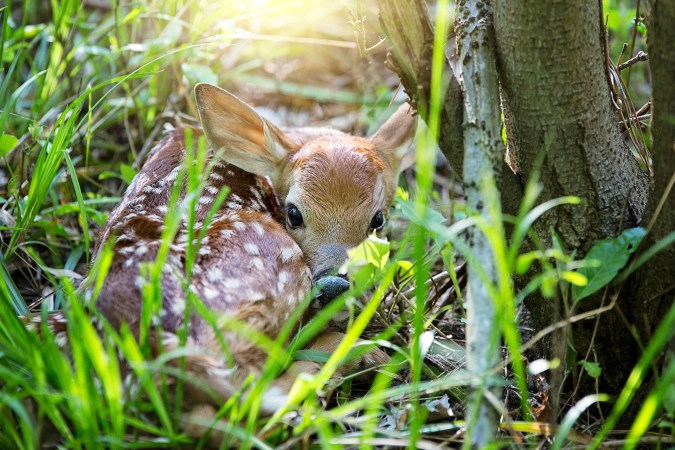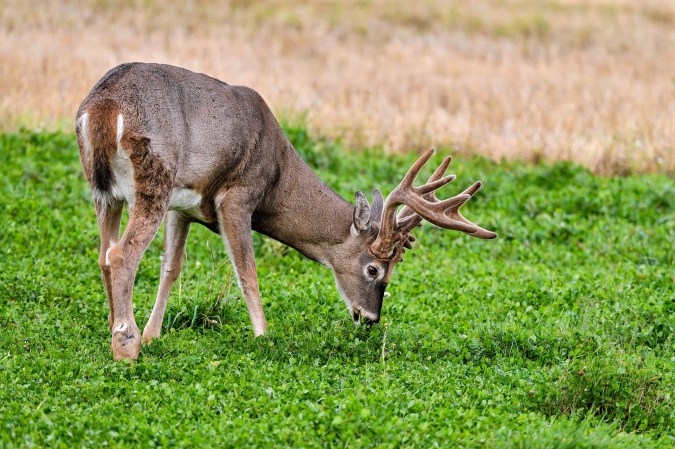Math has never been a strong suit. But this math was pretty easy.
I had about an acre of dirt ready for seed. Each colorful bag, complete with the obligatory photo of a giant whitetail and a ringing endorsement from a celebrity hunter, planted 1/4 of an acre. Thus I’d need four bags to cover the plot. Each bag cost $25…wait…what? I’d have to spend $100 to plant a single plot? What was in those bags? Powdered gold? Were the seeds diamond-encrusted? Was I planting cash trees?
A quick look at the label revealed three ingredients: rape, turnips and radishes. No gold. No diamonds. No special prize. So I did the only thing I could do. I dropped those bags back on the shelf and headed for the feed store.
As much we in the outdoor media like to make food plotting sound like some sort of magical, mystical exercise of whimsy, it’s really not. You need dirt. Seeds. Water. Maybe some fertilizer. And while there are certain varieties of forage that can perform better in specific situations and regions, the stuff we’re planting isn’t really all that special nor is there is a tremendous amount of difference between the contents of those high-dollar bags of seeds on the sporting goods store shelves.
Consider this: At my local farm supply store, they offer bulk seed. I made my own blend of 20 percent purple-top turnips, 20 percent radishes, 20 percent rape and 40 percent cowpeas. I got enough seed to plant the 1-acre plot plus extra for three smaller plots on another property for a total coverage of 1.5 acres. The cost? Less than $15.
Can it really be that easy to save that much on food plot seed? Yep. Surely there must be some difference between that bulk bin seed and the stuff in those bags, right? Maybe. Maybe not. One of the keys to a highly successful food plot is planting forage varieties that are intended to grow in your region. Some varieties of oats, for example, are more tolerant of cold weather than others. This is an important consideration. I’d wager that the oats sold at your local supplier are more likely to be a variety suited for your climate than those packaged in

